| Plant Habit: | Herb/Forb |
| Life cycle: | Perennial |
| Sun Requirements: | Partial Shade to Full Shade |
| Water Preferences: | Wet Mesic Mesic Dry Mesic |
| Minimum cold hardiness: | Zone 3 -40 °C (-40 °F) to -37.2 °C (-35) |
| Maximum recommended zone: | Zone 8b |
| Plant Height: | 12 to 18 inches |
| Plant Spread: | 12 inches |
| Leaves: | Semi-evergreen |
| Fruit: | Other: Seeds are carried inside a capsule, which splits open when ripe and throws the seeds away from the parent plant. |
| Fruiting Time: | Summer |
| Flowers: | Showy Fragrant |
| Flower Color: | Blue Lavender Pink White |
| Bloom Size: | Under 1" |
| Flower Time: | Spring Late spring or early summer |
| Underground structures: | Rhizome |
| Uses: | Groundcover Will Naturalize |
| Wildlife Attractant: | Bees Butterflies |
| Propagation: Seeds: | Provide light Stratify seeds: Seeds need alternating periods of warm and cold stratification to germinate Can handle transplanting |
| Propagation: Other methods: | Cuttings: Stem Layering Division |
| Pollinators: | Moths and Butterflies Bees |
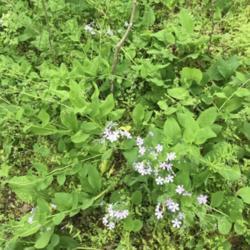


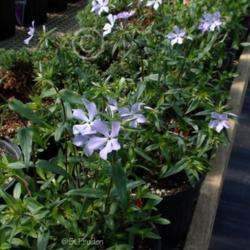

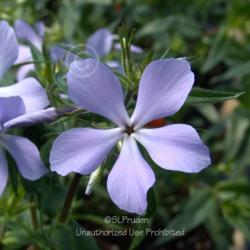
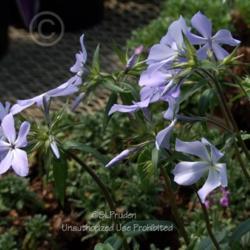
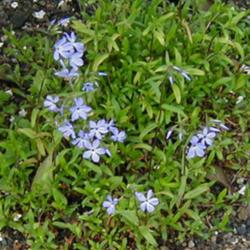

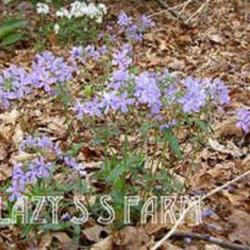

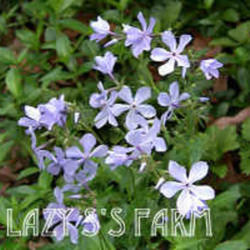
| chelle | On May 6, 2015 | Bloomed |
| chelle | On May 15, 2014 | Transplanted N fence bed, center |
« Add a new plant to the database
» Search the Phloxes Database: by characteristics or by cultivar name
« See the general plant entry for Phloxes (Phlox)